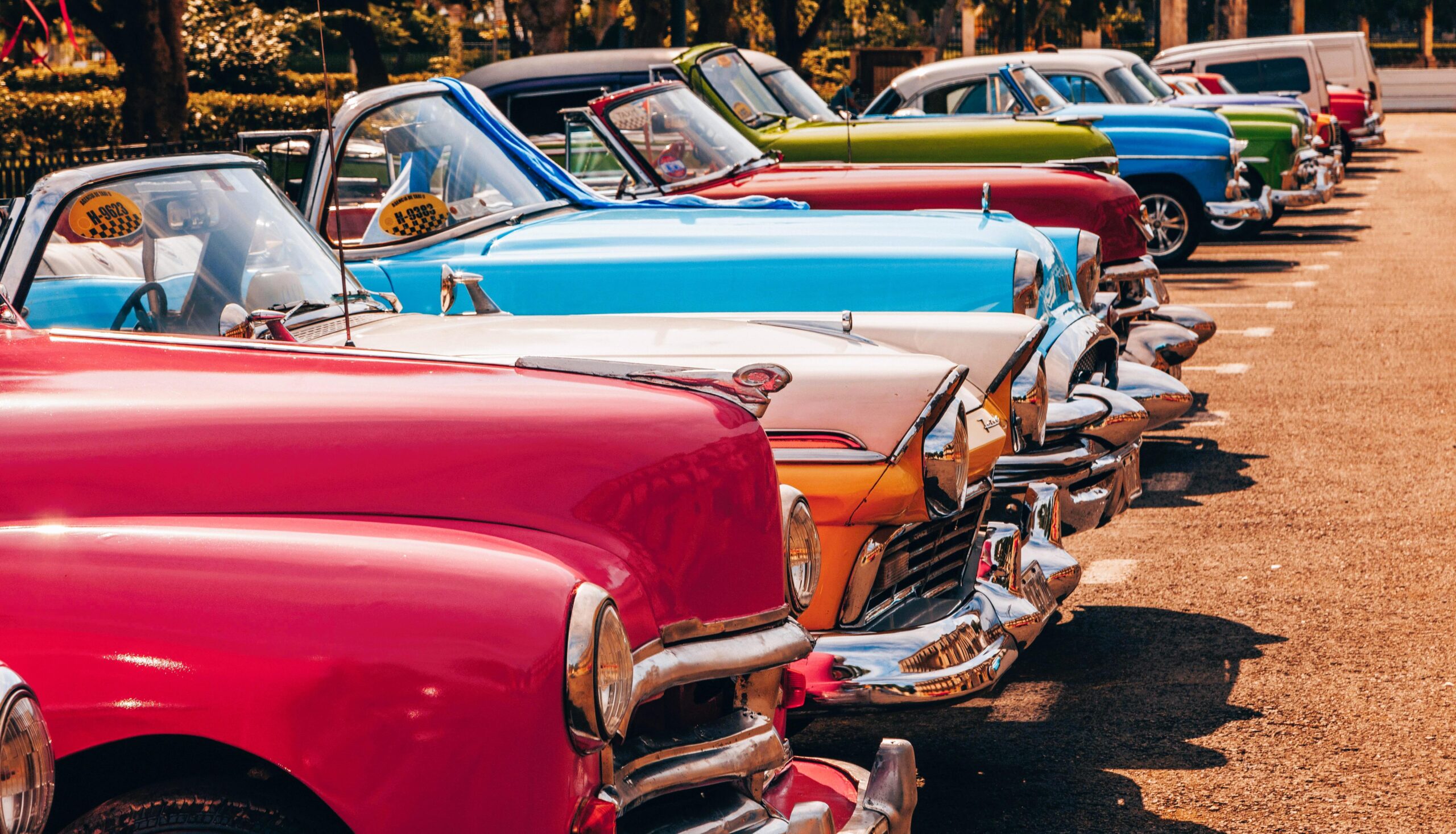
The Forgotten Icons:
Underrated Classic Cars That Shaped Automotive History
When people talk about classic cars, the same names tend to come up time and again—Mustang, E-Type, 911, Mini. And fair enough. These models earned their places in the Automotive Hall of Fame. But not all important cars enjoy the same level of fame.
Some models helped shape the direction of car design or engineering in quiet, often overlooked ways. They might not be centre stage at every vintage car show, but without them, the story of motoring would look very different.
Here’s a look at five underrated classics that deserve a bit more recognition for the roles they played in automotive history.
-
Citroën GS (1970–1986)
The Citroën GS is often forgotten between its more famous siblings, the revolutionary DS and the quirky 2CV. But the GS was arguably one of Citroën’s most complete cars. It combined aerodynamic styling, a comfortable ride thanks to its hydropneumatic suspension, and surprisingly advanced engineering for its price bracket.
When it launched in 1970, the GS filled a crucial gap in Citroën’s line-up and went on to win the 1971 European Car of the Year award. It didn’t shout about its achievements, but it quietly raised the bar for what a mid-range family car could offer.
-
Rover P6 (1963–1977)
The Rover P6 was once dubbed “the car for the thinking man’s executive.” Today, though, it’s often overshadowed by its flashier contemporaries. That’s a shame, because the P6 brought together a number of innovative design features that would influence saloon cars for decades.
It had a unique base frame that allowed the panels to be bolted on, almost like a kit car—an approach that made repairs easier and gave designers more freedom. Safety was also a key consideration, with crumple zones and a de Dion rear suspension for improved handling. The later V8 version gave it some real pace, too. The P6 might not have the glamour of a Jaguar, but it was one of the smartest saloons of its era.
-
Saab 99 (1968–1984)
Saab’s story has always been a bit left-field, and the 99 was a prime example of that offbeat charm. Designed with input from aircraft engineers, it featured innovations that only became standard years later, including heated seats, headlamp washers, and side-impact door beams.
The 99 also brought turbocharging to the mainstream. Before the likes of Audi and BMW made turbocharged performance fashionable, Saab was doing it in a quirky, front-wheel-drive saloon with a wraparound windscreen and dashboard ergonomics inspired by fighter jets. In short, it was a car ahead of its time—both in technology and safety.
-
Alfa Romeo Alfasud (1971–1989)
The Alfasud is one of those cars people remember more for its faults than its virtues, which is a bit of a travesty. Yes, it rusted like nobody’s business, but underneath the dodgy metalwork was a brilliant car.
Developed in the south of Italy as part of a government initiative to create jobs, the Alfasud introduced front-wheel drive and a flat-four engine to the Alfa Romeo range. The result was a small car with razor-sharp handling, lively performance, and a driving experience that embarrassed many rivals. Journalists at the time raved about how it drove. If only it had been built to last, we might be talking about the Alfasud in the same breath as the Golf GTI.
-
Hillman Imp (1963–1976)
Born out of a desire to rival the Mini, the Hillman Imp took a different route. It had a rear-mounted engine, aluminium construction, and a fully independent suspension setup—features you’d normally associate with something far more exotic.
The Imp’s compact, lightweight design made it fun to drive and surprisingly quick in the right hands. It even saw success in motorsport, particularly in rallying and hill climbs. Unfortunately, poor build quality (partly due to teething problems at the new Linwood factory in Scotland) hurt its reputation early on. But engineering-wise, it was ahead of its time and deserves more credit than it gets.
More Than Just Footnotes
These cars may not enjoy the status of poster icons, but they each left their mark in a meaningful way. Whether through innovation, engineering flair or just sheer bravery in doing something different, they helped shape the cars that came after them.
In many ways, it’s these “nearly famous” models that tell the more interesting stories. They remind us that automotive history isn’t just about the big names—it’s also about the clever, the overlooked, and the quietly brilliant.
Next time you’re at a classic car show, take a moment to look past the Jaguars and Porsches. Somewhere in the corner, there might be a Citroën GS or a Hillman Imp, quietly representing a legacy far bigger than its reputation suggests.



